DC Comics is trying something new. In the wake of their Rebirth initiative, the publisher has rapidly expanded its content to include diverse new imprints such as Young Animal, Wildstorm, Wonder Comics, Black Label, Ink, and Zoom. As their lineup expands, it can be hard to figure out what to pick up each week. That’s what our team is here to help with, every Wednesday, with the DC Round-Up!
THIS WEEK: Young Justice and the Wonder Comics imprint have arrived, bringing with a madcap optimism missing as of late in the rest of the superhero line.
Note: the reviews below contain spoilers. If you want a quick, spoiler-free buy/pass recommendation on the comics in question, check out the bottom of the article for our final verdict.
 Young Justice #1
Young Justice #1
Writer: Brian Michael Bendis
Artist: Patrick Gleason
Colorist: Alejandro Sanchez
Letterer: DC Lettering
The DC Universe is a sad place lately. The general tone of Big 2 comics is heavily influenced by whichever publisher’s line-wide stories. For current DC, that means a little Doomsday Clock and a lot of Heroes in Crisis. This sadness is manifesting in different ways. Nightwing, for example, got shot, lost his memory, and—if that weren’t enough—changed his name to Ric, presumably tired of having his name spelled correctly. The point is, throughout the DCU, the recent tone has a range that basically goes from melancholic to super grouchy (there are exceptions, including Superman and Justice League, but still).
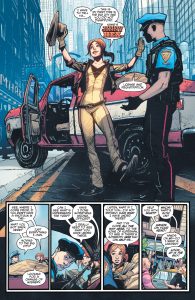
Continuity is actually the most interesting part of this book. Young Justice #1 is timed to coincide with the third season of the Young Justice animated series, and so Bendis and company’s first goal is assembling a team of young characters who’ve been repurposed or shuffled into odd status quos in recent years, including Wonder Girl Cassie Sandsmark, Impulse Bart Allen, and Superboy Connor Kent, along with some new young derivatives like Teen Lantern and Jinny Hex. The biggest question of the issue is how this story will dance around larger continuity implications of returning characters; Bendis knows this and uses it as an impetus for tension within his plot.
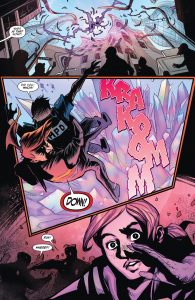
Verdict: Buy
 Batman #62
Batman #62
Writer: Tom King
Artist: Mitch Gerads
Letterer: Clayton Cowles
Tom King’s Batman often reads like Batman-by-way-of-arthouse cinema. King incorporates quotations from famous literary works. His big moments often involve feats of emotional honesty versus feats with actual punches or kicks. And he plays fearlessly with form, making ample use of framing devices, repetition, and any number of other narrative tricks. I have enjoyed this run quite a bit, to the point where it would likely be the Batman run I’d recommend to friends who don’t have long-time familiarity with comics. Still, I will admit that King’s voice, tone, and sensibilities work better with some ideas/characters (the Bat-Cat romance, Kite Man) than with others (Booster Gold, the Bruce Wayne murder kid). Professor Pyg, the villain of Batman #62, is definitely one of the former.
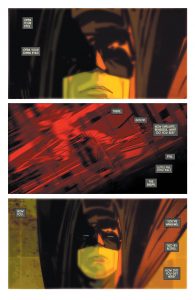
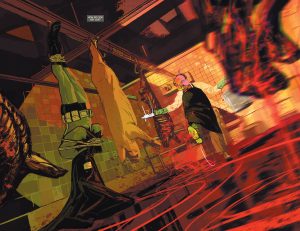
While I wouldn’t go so far as to call this a perfect Batman issue (the Pygmalion story here really took me out of it, so clearly did it reveal the hand of the writer), it is without question in the upper echelon of issues from this run, which is high praise.
Verdict: Buy
 Justice League #15
Justice League #15
Story: Scott Snyder and James Tynion IV
Words: Tynion IV
Pencils: Jim Cheung and Stephen Segovia
Inkers: Mark Morales and Segovia
Colorists: Tomeu Morey and Wil Quintana
Letterer: Tom Napolitano
I’ve drawn this comparison in past round-ups, but this iteration of Justice League—powered by writers Scott Snyder and James Tynion IV, and artists Jim Cheung and Jorge Jimenez—feels a bit similar in scope to what Jonathan Hickman did at Marvel. Like Hickman’s Fantastic Four-Avengers-Secret Wars run, this story puts the Earth and its heroes at the center of a series of ongoing events with the potential to alter the fabric of the multiverse. The rest of the universe (being no simple chumps) is increasingly aware of this and starting to wonder, A. why Earth is always wrapped up in this sort of hi-jinx, and B. maybe it’s time to do something about that.
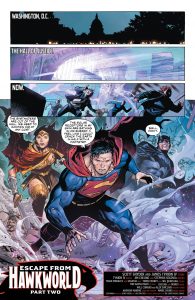
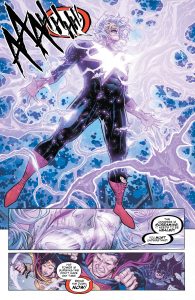
Verdict: Buy
 Round-Up
Round-Up
- Rejoice! For The Green Lantern is good. So good. This third issue has the Old Testament idea of God staring down Hal Jordan on its cover, plus a story brimming with Morrisonian ethos and pathology. About what? About everything from global warming to fascism to manipulating a populist with familiar iconography to theology to capitalism to…maybe more? Definitely more. Oh, and there’s also a twist ending here that might take this space cop comic in a transgressive new direction. Basically, if you’re not reading this, I don’t know what to do for you at this point.
- Deathstroke #39 is the latest killer (heh) issue of DC’s best long-running superhero (supervillain?) title. This is the best book left standing from the initial Rebirth launch. Period. While I wasn’t hot on the last storyline—the Damian Wayne paternity business—this current plot has been one of Christopher Priest’s best yet. Delving into Slade Wilson’s psyche has allowed the writer to loosen the rules of the world his characters inhabit, resulting in an unencumbered comic filled with surprises informed by long-simmering plot points.
- Martian Manhunter #2 felt like a pretty natural extension of what Steve Orlando, Riley Rossmo, and team did in the debut. Orlando’s deep dive into martian society and J’onzz role within it is fascinating. The real highlight, however, is Rossmo’s wonderfully-erratic alien artwork, which gives this comic a singular look within the wider DC superhero line.
- Finally, another New Age of Heroes title concludes this week with The Unexpected #8. I know there were plans to extend this story further, which saddens me a bit because I was enjoying it, but the creative team wraps things in a satisfying way here, tying up a loose end from Metal in what seems like basically a favor to DC continuity diehards.
Miss any of our earlier reviews? Check out our full archive!


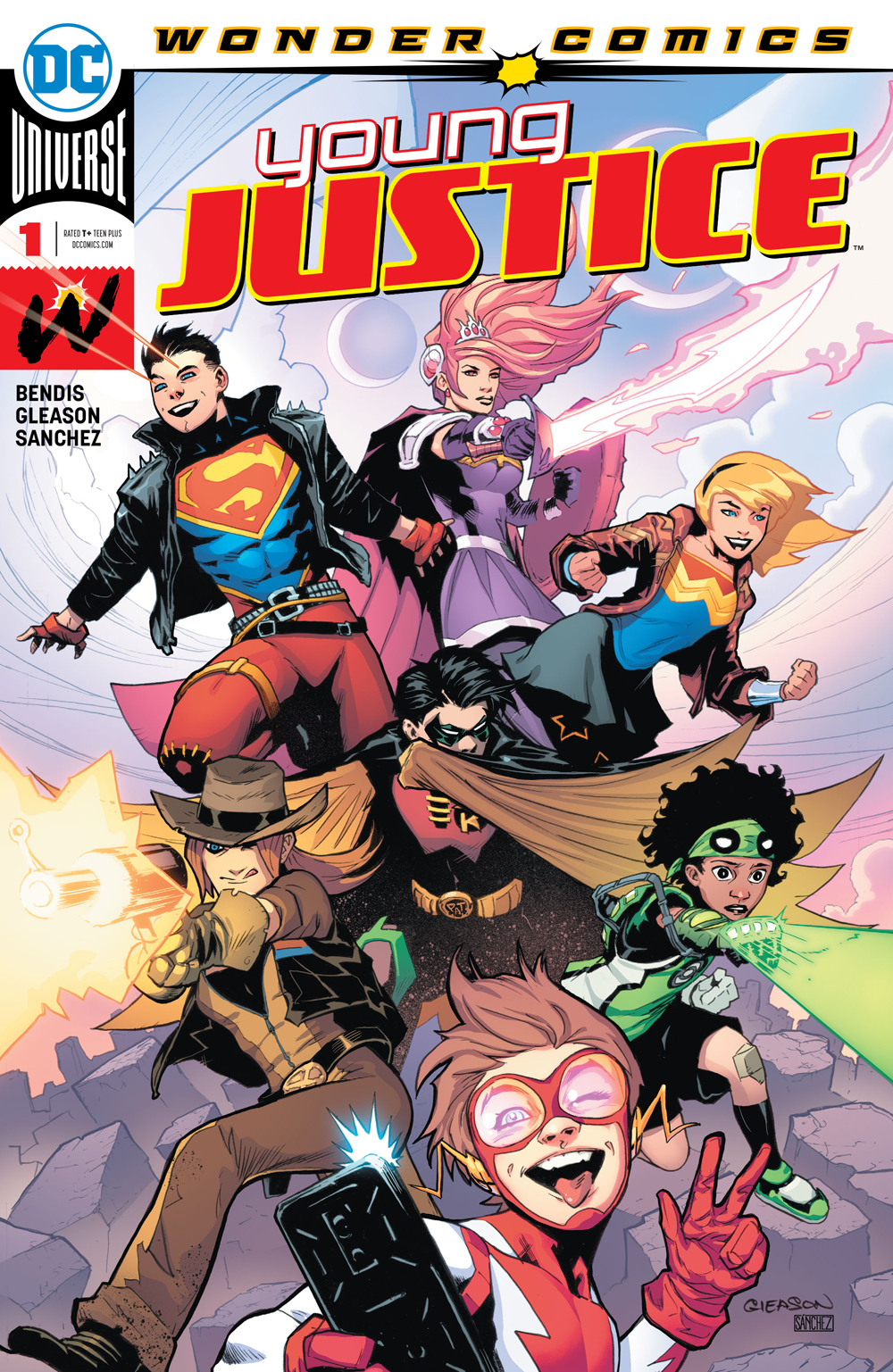
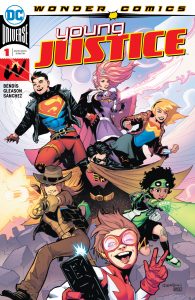
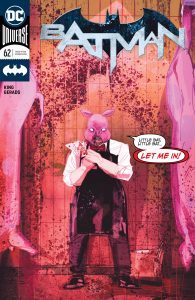
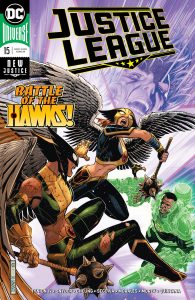
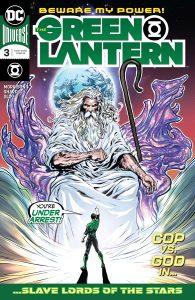






Comments are closed.